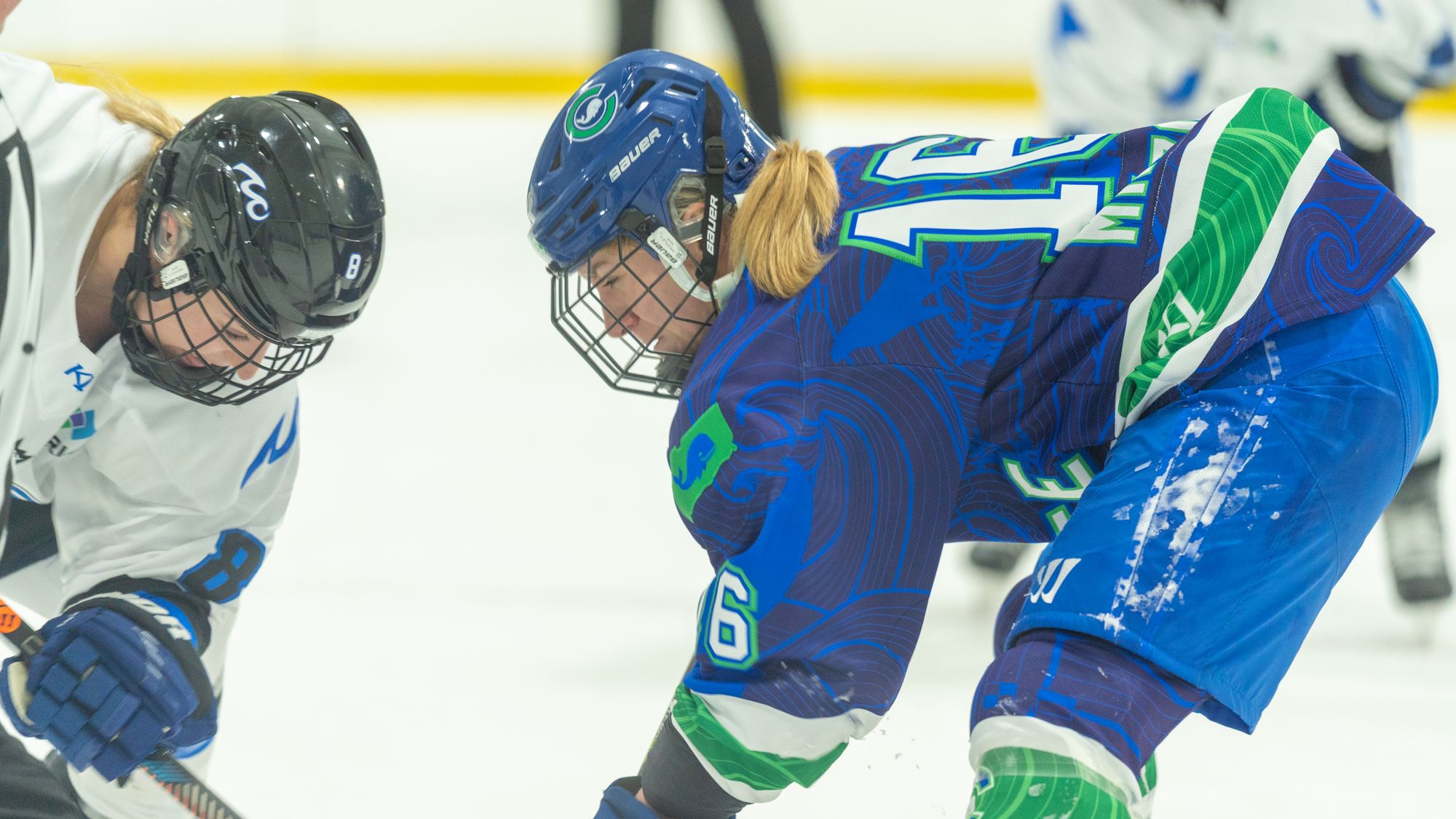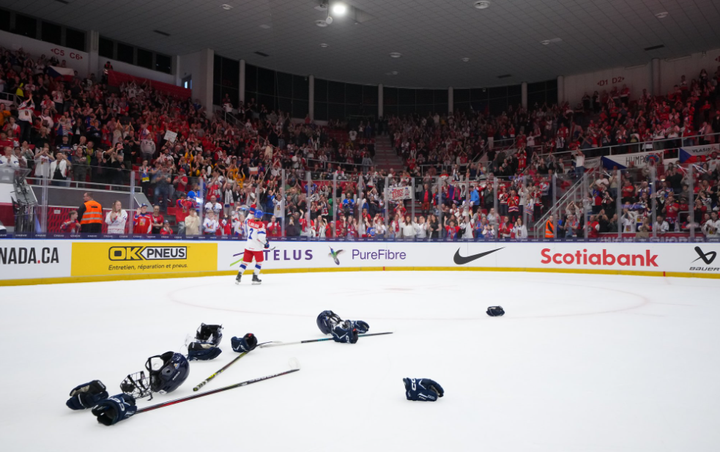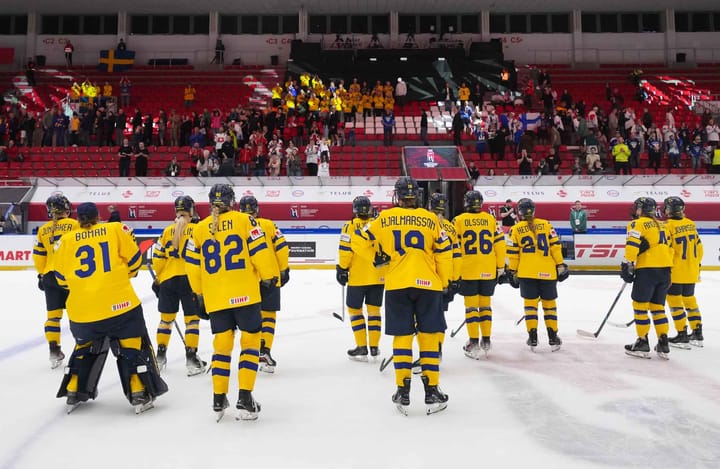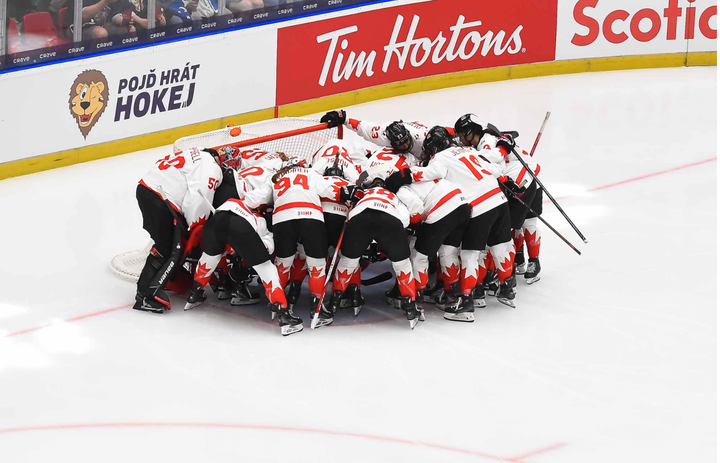Trends in PWHL Drafting
Diving into some numbers that defined the PWHL Draft.

Editor's Note: This story is brought to you by TIG guest contributor Erica James.
The PWHL allows teams to have rosters of up to 23 players, a full roster consists of two goaltenders, 12 forwards, and eight defenders with one roster spot left over. The draft only consisted of 15 rounds; this analysis does not take into account the three players each team was allowed to sign ahead of time or the players who were not drafted but could possibly be invited to training camp. With this prospective roster breakdown, roughly 52% of players drafted should be forwards and 35% should be defenders. In practice, goalies were predictably the least represented players at 8% while forwards were slightly overrepresented at 58%.
In addition to the 90 players taken in the draft, an additional 79 undrafted players were invited to training camps as well as the 18 players signed by teams as free agents. Of the 79 undrafted players, 17% were goalies, 54% were forwards, and the remaining 31% were defenders.
Do certain teams have preferences for players from certain colleges?
Of the 90 players drafted, Ohio State University produced the most players with 9, followed by Northeastern University with 8, and a three-way tie for third between Clarkson University, Quinnipiac University, and the University of Minnesota. When looking at which data to include I only counted players’ last college attended to simplify the data as multiple players transferred over their period of eligibility. Only four players drafted into the PWHL did not play at university and of those who did not play at a North American university two were Finnish, one was Swedish, and the fourth was Czech. While there were no other Finns or Swedes drafted, 4 other Czechs were and they all attended different American universities.

Based on the data set, teams did not show a bias towards particular colleges, some did have a preference for colleges in particular regions. One of these teams was Minnesota, which drafted 73% of its players from colleges in the Midwest including the University of Minnesota, the University of Wisconsin, and Ohio State University. When looking at Minnesota's camp invites and free agent signings this trend continues and is more extreme with nine of the thirteen undrafted players attending colleges located in Minnesota.
Montreal also had a noticeable regional preference, drafting 80% of their team from colleges in the Northeast including Northeastern University, Clarkson University, and Quinnipiac University. Beyond just their preference for the Northeast, Montreal’s camp invites and free agent signings show that close to 70% of the players are francophone. Toronto had the most diversity of schools represented with players from 12 different academic institutions with no geographic relation including the University of Wisconsin, McGill University, and Boston University.
Some of the preference can, however, be explained by the fact that, of the 28 schools represented, a plurality of them are in either the Midwest or the Northeast.
Is there a bias for or against national team players?
Over 75% of players drafted by the PWHL were, at some point in time, members of their countries’ national teams. This was a tricky trend to look at as there are players who were drafted that had previously been on a national team but had not been selected in recent years; those players who hadn’t actually competed at a national team level in five years or more were given the label N/A.
This number might be slightly inflated as there are many young players who were drafted and the national teams, especially the American and Canadian ones, tend to skew older. To combat this, if players had appeared in a U18 tournament in the five to six years preceding the PWHL draft their experience as a U18 was noted. This time period was less fixed than the one on senior national team appearances because there is no other tournament for women outside of U18 and senior nationals. Otherwise, players were given a simple designation of “YES” or “NO”.
Of the undrafted players invited to camp, only 49% had some form of national team experience while the other 51% did not, a much closer breakdown than the draft.
What nationalities are represented in the PWHL?
As a whole, the players drafted by PWHL teams are overwhelmingly North American which is not a surprise considering that it is both a North American league and the historical instability of North American women’s hockey leagues. Of the players drafted, 54.4% were Canadian, 30% American, and the remaining 15.6% of players were European. It is interesting to note that a majority of the Europeans drafted, 5.56%, are Czech, a nation that is rapidly becoming a power in women’s hockey, rather than one of the traditional powerhouses.
Unsurprisingly enough, considering the lack of a guaranteed roster spot, almost all of the undrafted players invited to camp were US or Canadian citizens. Only four players invited to camp were international players, including a Czech goaltender, and Swedish, Hungarian, and Japanese forwards.
As the PWHL grows and establishes a firmer foothold in North American women’s sports it will be interesting to see how these trends play out over a wider sample size. Further, it will be interesting to see whether these trends continue when rosters are finalized later this year.
Data Sources
My primary sources were The Ice Garden’s list of drafted players and EliteProspects with further information from Rachel Donner’s spreadsheet of players who declared for the draft and HockeyDB. Information about training camp rosters is from the PWHL’s official website with more detailed information from EliteProspects. All graphs were made using Tableau Public after the information was recorded in a Google Sheet for export.





Comments ()